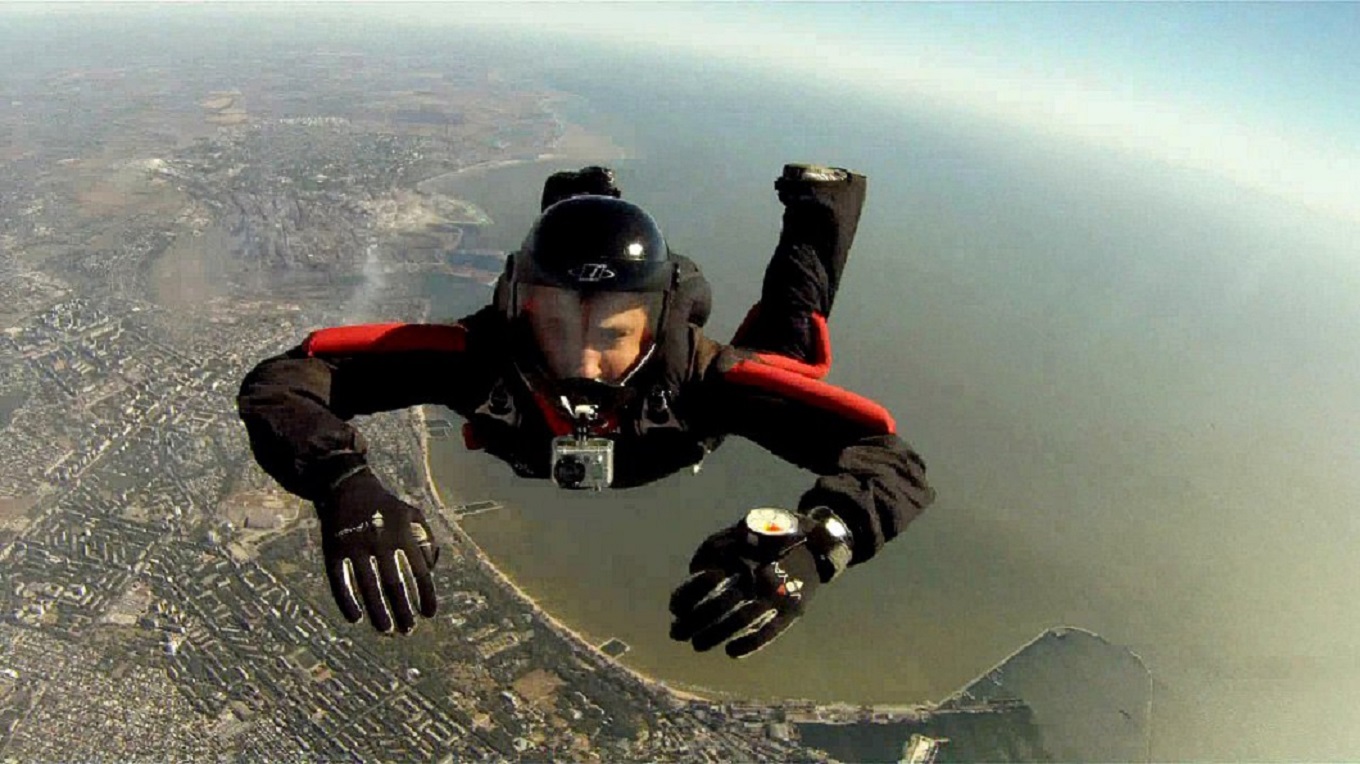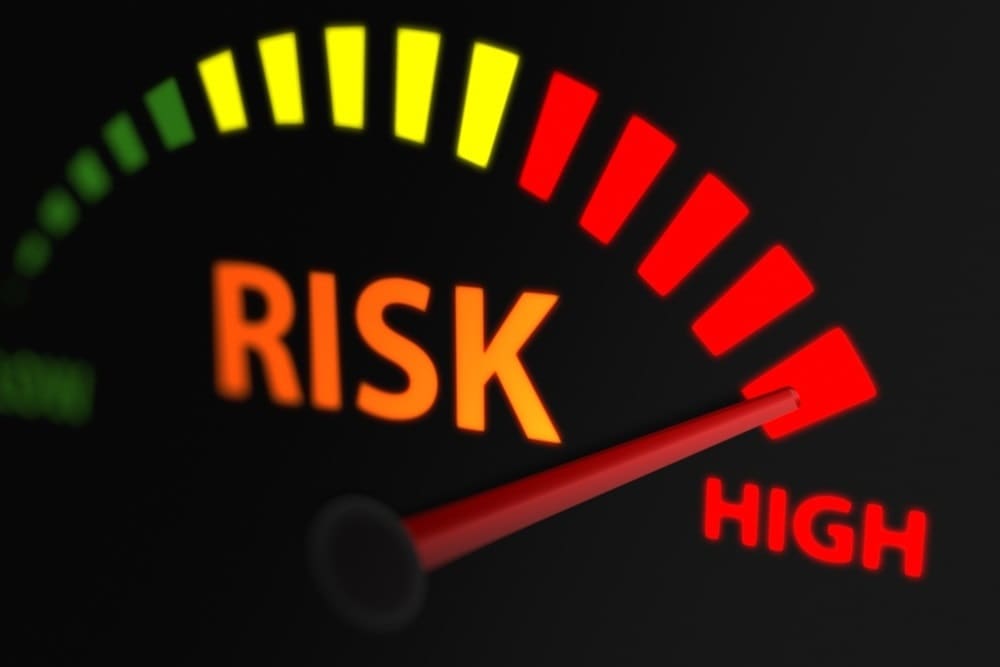(part of a mental fitness series by guest writer Megan Nolde)
Risk-taking is often thought of as jumping from a height (like parachuting) or climbing a high wall, something that pushes us to our limits physically and risks injury. It might also be thought of as a kind of gamble, taking a chance on losing everything. While these *aren’t* unrisky, these aren’t the kinds of risks we’re interested in here.

Risk is also tied to our psychological state — and our brain’s wiring, which is also wrapped up in our past experiences, our emotions, and how we’ve worked through those things. Risk-aversion, as defined by the American Psychological Association, is “the tendency, when choosing between alternatives, to avoid options that entail a risk of loss, even if that risk is relatively small.” It might be risking losing control, losing stability, or losing face. Or something even more difficult than those things.

But what does this have to do with the gym? *SO* much. When we ask a question for better understanding from a coach, we’re taking a risk. When we try a new skill we haven’t worked on before, we’re taking a risk. When we start a difficult metcon or conditioning workout, we’re taking a risk. And when we commit to ourselves, our health, and our futures, we’re taking a BIG risk! These might not fit the common definition of risk as society puts it, but they are definitely risks — risking losing face as “knowing everything;” risking making a mistake; risking feeling uncomfortable or in discomforted pain temporarily. And the big risk we mentioned? We risk slipping on our commitment, letting ourselves down, and not achieving what we set out to achieve.
You see, part of our brains (the limbic brain) is wired amazingly similarly to when we were all running with predators, searching for food and having to protect ourselves at every cost. This part of the brain is responsible for “record[ing] memories of behaviours that produced agreeable and disagreeable experiences, so it is responsible for what are called emotions in human beings. The main structures of the limbic brain are the hippocampus, the amygdala, and the hypothalamus. The limbic brain is the seat of the value judgments that we make, often unconsciously, that exert such a strong influence on our behaviour.” (McGraw Hill). This part of our brains can trigger responses in our reptilian brain (the part responsible for body functions like heart-rate, breathing, etc) when it (the limbic brain) thinks we are in danger.

But what is danger these days, on the whole? For most of us, it involves emotional or psychological risk. The risks I talked about earlier are just a few examples. There are so many more that can happen on a day to day basis, in our relationships, at work, and otherwise. In the gym, there’s also the risk of physical discomfort, pain, and of course injury.
So how do we manage our capacity for risk? There are lots of approaches, including and not limited to professional counseling (which is not just for mental illness, as the stigma would have you believe). But outside of that, the first step to improving our ability to regulate our limbic, emotional brain, is to be aware that we have the capacity to do so. Belief in our ability to heal ourselves, fix the things we want to fix, and improve what we want to improve is half the battle.
The other half is a large mix of brain wiring, emotional development, psychological development, met and unmet needs, past experiences and difficult experiences, and how all of that affects our “today.” We could spend copious amounts of time on any one of these (and maybe we will in the future), but suffice it to say that risk-taking is about more than simple courage or fear. It’s about who our lives have shaped us to become, and who we want to be in the future.

Brene Brown talks about the power of vulnerability in her book, “Daring Greatly” — she discusses “the ways we try to sidestep the shaky feeling of vulnerability; we emotionally “armor up” each morning when we face the day to avoid feeling shame, anxiety, uncertainty, and fear. The particular armor changes from person to person, but it usually revolves around one of three methods: striving for perfection, numbing out, or disrupting joyful moments by “dress rehearsing tragedy” and imagining all the ways that things could go wrong.” (University of Minnesota).
These could certainly apply to the “armoring up” for a workout too. (And I highly recommend listening to any podcast or TEDtalk you can find with Brene Brown on the power of vulnerability). So before you self-talk yourself into a negative space before that metcon, or stop short of a true 1RM — ask yourself if what you’re afraid of is keeping you from what you could be. If your risk avoidance is stopping you from being the best version of yourself you’re capable of being. And then, we can get started. <3
- Megan

Megan Nolde has been a member of Shockoe Bottom Performance since May 2019, and currently works with the gym on member communications and administration. She’s a fine artist who also works for TrueCoach by Xplor Technologies. She has a passion for community and making the world a better place for all of us.
